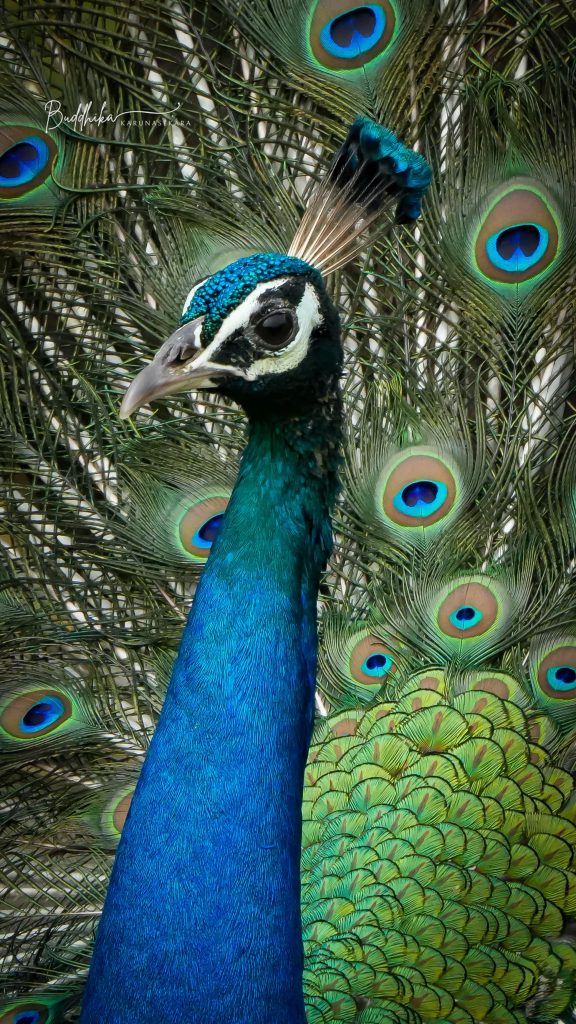
From the pages of ancient texts to the canvases of Renaissance art, the peacock has captivated the hearts and minds of people across cultures and centuries. This magnificent bird, with its resplendent plumage and regal bearing, has been the subject of countless folktales, superstitions and symbolic representation. Let’s delve into the fascinating world of peacock folklore and explore how this bird has left an unforgettable mark on human history.
The peacock’s history can be traced back to biblical times, where it is mentioned as part of the treasure taken to the court of King Solomon. Alexander the Great, too, was struck by the peacock’s beauty when he encountered vast numbers of them on the banks of the river Hyarotis in India. Some folktales even assert that peacocks were present in the Garden of Eden, though not always in a positive light. Arab beliefs held that the peacock was a “bird of ill omen,” responsible for the devil’s entrance into paradise and the subsequent expulsion of Adam and Eve.
In Roman times, the peacock served as an important symbol of death and resurrection. People noticed that peacock feathers did not fade or lose their lustre, which was seen as a sign of immortality. Early Christians decorated the walls of catacombs with peacock imagery to illustrate their faith in resurrection. The peacock was also closely linked to the Eucharist and the Annunciation in the artwork of the period, with peacocks often depicted flanking the cup of wine or near the figure of the Christ child.
Greek mythology tells us that the peacock sprang from the blood of Argos Panoptes, the hundred-eyed giant. In some accounts, it was Hera herself who placed Argos’ eyes in the peacock’s tail or transformed Argos into a peacock upon his death. As a result, the peacock became the special bird of Hera, forever associated with the goddess.
Peacocks have been the subject of numerous superstitions throughout history. The 15th-century Swiss physician Paracelsus believed that if a peacock cried more than usual, it foretold the death of a family member. The peacock’s cry was also thought to predict the coming of wet weather, while the presence of peacock feathers inside a house might doom the unmarried ladies to spinsterhood. In the theatre, peacock feathers were considered bad luck, believed to bring disaster to props and actors or cause the play to fail.
Perhaps the most enduring association with the peacock is its representation of pride and vanity. The bird’s stunning beauty and its tendency to strut and display its plumage have long been seen as symbols of these sins. Renaissance art often depicted the peacock as the embodiment of pride in representations of the Seven Deadly Sins. Victorian-era publications continued this association, emphasising that the peacock’s beauty was only skin-deep, and its voice and personality left much to be desired. The peacock became a moral teaching tool, warning against the dangers of pride and vanity.
From its early mentions in biblical texts to its symbolic representations in art and literature, the peacock has left a mark on human culture and imagination. Its beauty has been admired and cautioned against, its cry both feared and revered. Through countless folktales, superstitions and artistic depictions, the peacock has come to embody a complex array of meanings and associations that continue to captivate us to this day.
